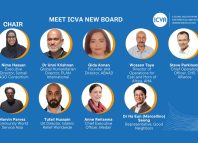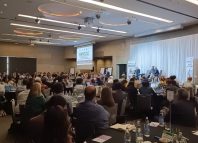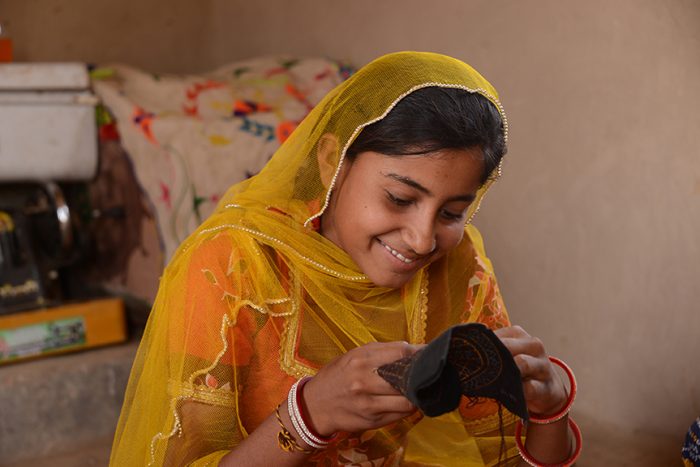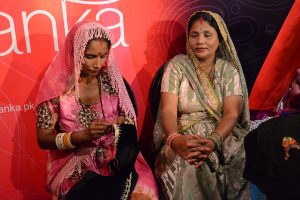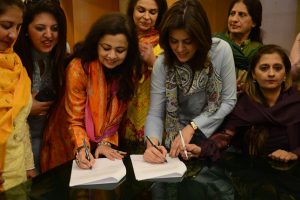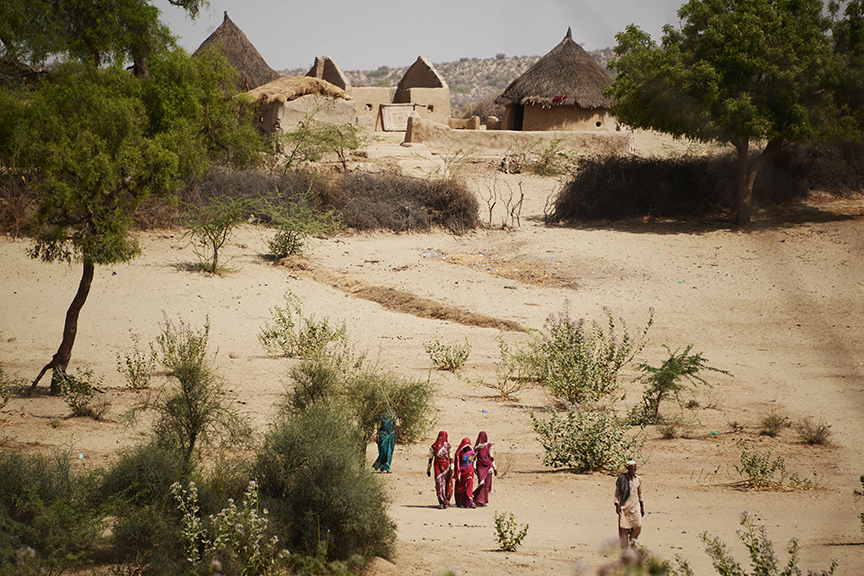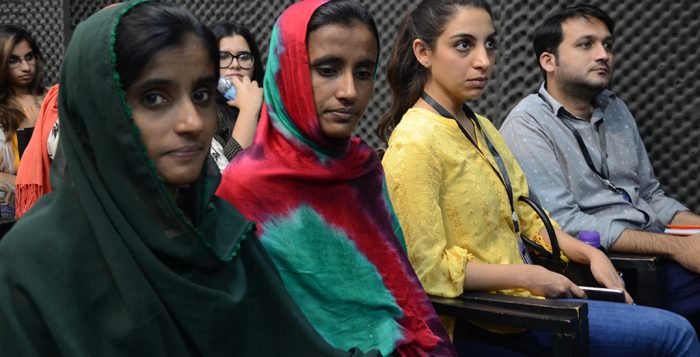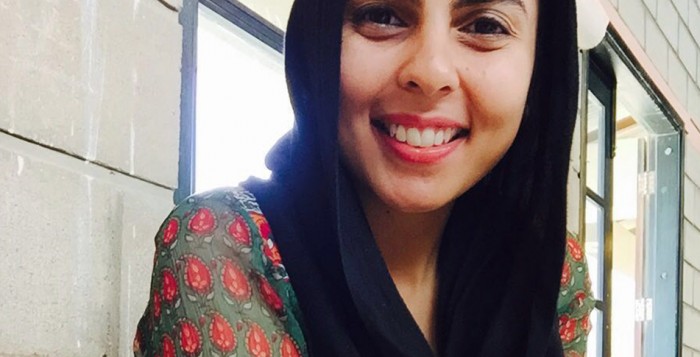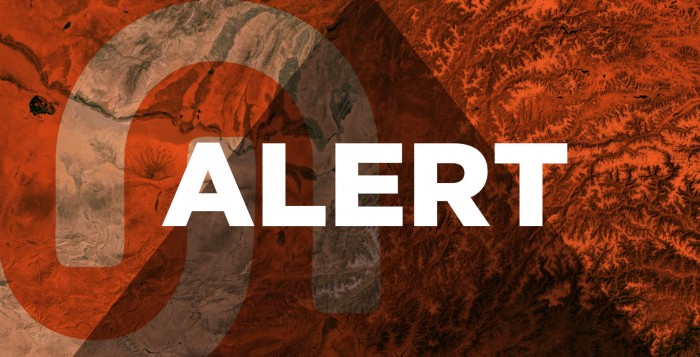With the ongoing climate crisis resulting in extreme droughts and floods, it’s time to think about ways and means to combat natural disasters. In this regard You! takes a look at a Disaster Risk Reduction project initiated in Umerkot district, Sindh…
Warmer temperatures over time are changing weather patterns and disrupting the usual balance of nature– resulting in droughts and floods. Climate change and increasingly extreme weather events have caused a surge in natural disasters over the past 50 years disproportionately impacting poorer countries, stated the World Meteorological Organization (WMO) and UN Office for Disaster Risk Reduction (UNDRR).
Droughts are among the greatest threats to sustainable development, especially in developing countries. Longer, more intense droughts threaten crops, wildlife and freshwater supplies. In fact, forecasts estimate that by 2050 droughts may affect over three-quarters of the world’s population.
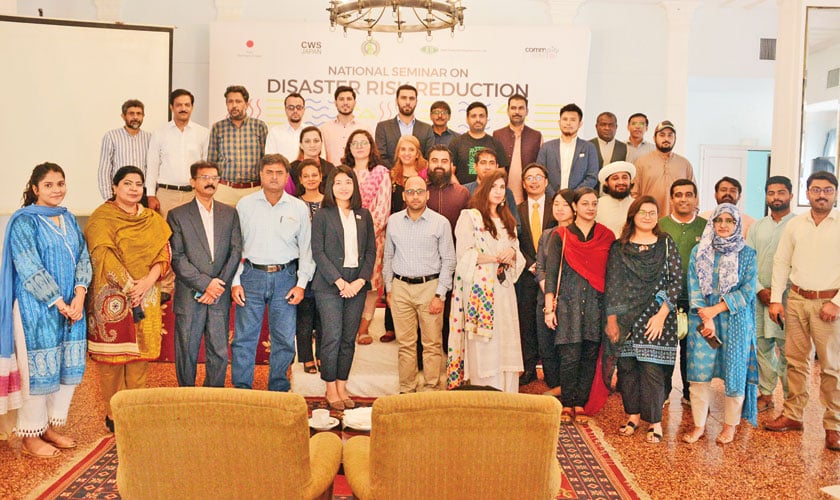
Umerkot District in focus
Water scarcity is one of the main challenges for communities in the Thar Desert, which also includes almost half of Umerkot district. Umerkot is located in the East of Sindh, about 60 km from the Indian border. Umerkot district has two distinct geographical portions: i.e. the irrigated area in the north and west and the desert in the south and east. One can see the sand dunes spreading towards east with thorny bushes. Towards west are the alluvial planes with vast stretches of vegetation. There is no river or natural stream in the district.
Water scarcity is a common problem in most villages of Umerkot. Rural women carrying matkas on their heads and young boys riding donkey carts to fetch water long distances away are an everyday sight here. The main sources of income of people of Umerkot are agriculture and livestock, which are totally dependent on the availability of water.
There are two types of water available in the area. The first source of water is the tubewell but it is bitter in taste and is undrinkable. The second type is the locally constructed wells that yield sweet and drinkable water, but the yielding process is very slow. The water from this point of source is collected on a first come first serve basis. The person who gets to the well first has the right to get water as much as he desires meanwhile the other has to wait long hours for their turn. Many of these wells are at a long distance from homes in most Umerkot villages and fetching water is often left up to the women or children of the house. This means long walks and waiting under the scorching sun for women, young girls and boys. And with long droughts on top, it becomes challenging for the people of Umerkot to survive.
Community World Service Asia, a humanitarian and development organisation, during its field operations observed significant negative impact on the lives and well-being of local communities due to chronic water shortage and drought. There was a need for enhanced disaster resilience among affected communities to ensure their access to water and build capacities on drought resilient agricultural practices.
Keeping that target in mind, Community World Service Asia (CWSA) with the support of the Ministry of Foreign Affairs Japan and the technical assistance of CWS Japan and Japan Conservation Engineers Co. Ltd., in collaboration with the Department of Rural Sociology Sindh Agriculture University of Tando Jam, implemented a drought risk mitigation initiative in Umerkot. The project, lasting from January 2019 to August 2022, aimed at enhancing disaster resilience of underprivileged local communities living in remote and hazard prone villages in Umerkot District, against droughts through improving their access to water and introducing new and sustainable agricultural practices.
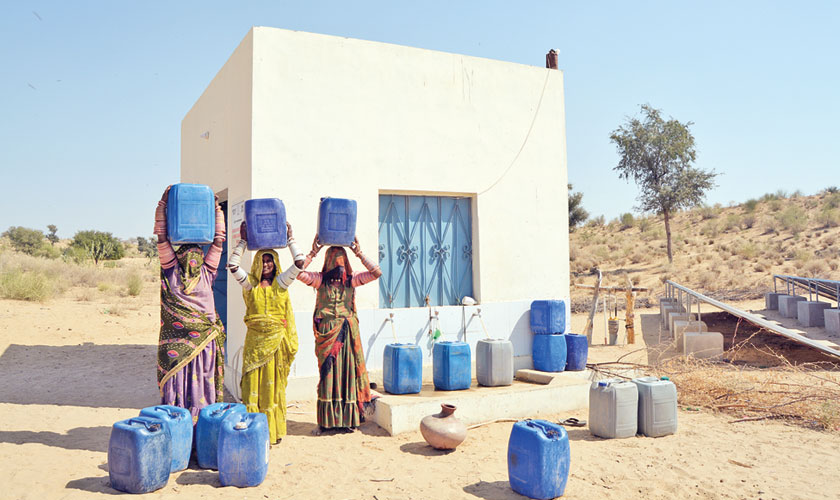
Changing lives
Dai lives in Nau Subhani, one of the villages of Umerkot. Until 2019 when CWSA field workers visited it, the village had remained neglected. Other than a few underground rainwater harvesting tanks built several years ago, it had nothing to show in terms of modernity.
Though uneducated, Dai is a member of the Village Committee. She is vocal about community water woes. She told that their source of potable water was the army’s Water Point 3, about eight kilometres away by the roadside. This water carried tiny squiggly critters and it had to be put in either a plastic bottle or a cooking utensil and left in the hot sun for the worms to be killed. Yet, the water gave them gastric problems. The other source of potable water was the water tanker the community purchased from Umerkot. At Rs 7000 per tanker, this was no mean investment that lasted about twenty days in the crumbling underground tanks. Groups of three to four households would pool in the money. It is hard to imagine how a community living well below the poverty line could make such recurring expenditure.
After the necessary training in, among other things, kitchen gardening in 2020, CWSA provided the village with fourteen underground concrete tanks to harvest rain water and in 2021 installed a reverse osmosis (RO) plant to deliver 5000 litres over twenty-four hours. All of a sudden, the long treks and the longer wait at WP 3 were over. “With the underground tanks filled by rain, the training on kitchen gardening came in very handy,” expressed Dai. She was happy to harvest her first crop and her family dined on the best vegetables in a very long time. With the first vegetable harvest over with, she is preparing to plant the next batch of spinach, rapeseed and marrow. Thinking ahead, she is saving seeds from harvest to use again.
The story of Shaibaan is one of courage and determination. Living with her seven children in the remote village of Ratan Bheel in Umerkot district, Shaibaan is constantly multi-tasking to meet the needs of her family. Selected alongside thirty other women from Ratan Bheel and nearby villages, Shaibaan was trained on kitchen gardening techniques in March 2019. The group of women were familiarised on the concept of kitchen gardening. They were taught different vegetable sowing and pest control techniques. Shaibaan replicated the training in fourteen other households in her village. “I did not think of growing a kitchen garden in this desert area. When Shaibaan came to my house with this initiative, I was amazed to know how we can grow clean and healthy vegetables in our yards for our daily consumption when cooking food. We now have the pleasure of eating homemade nutritious vegetables of various kinds,” elucidates Saleemat, another Ratan Bheel kitchen gardener.
Another story is of Mariam, who lives in Dediyo Mangrio, a village in Umerkot District. She is also vocal like Dai and knows how the CWSA intervention has changed lives in their village. She is happy with the fuel-efficient cooking stove introduced by the organisation. “The earlier traditional stove used up to five kilograms of fuel wood to cook one meal for the family. But with the new fuel-efficient stoves that can take two pots at a time, the same amount of cooking consumes somewhat less than half that amount of fuel,” she points out. Mariam now devotes the extra time on her needlework and is making some money from selling her colourful rallis.
Mariam and her husband Sabir got their Disaster Risk Reduction training with CWSA and are now members of the DRR committee. The training taught them the imperative of collecting and storing fodder for the lean period. They were also made aware of their right over the Livestock Department and that they could demand for their animals to be vaccinated. Countless animals have been preserved in one year since the training.
Not only that, the RO plant installed in their village, also brought a wave of prosperity. The water tanker from Umerkot cost them a hefty Rs 10,000 which lasted four to five households about a fortnight. Exempted of that expense, the community is now spending the savings on education. Mariam believes it is her children’s education that will eventually change their lives.
(The writer is indebted to Salman Rashid for sharing stories of Dai and Shaibaan.)
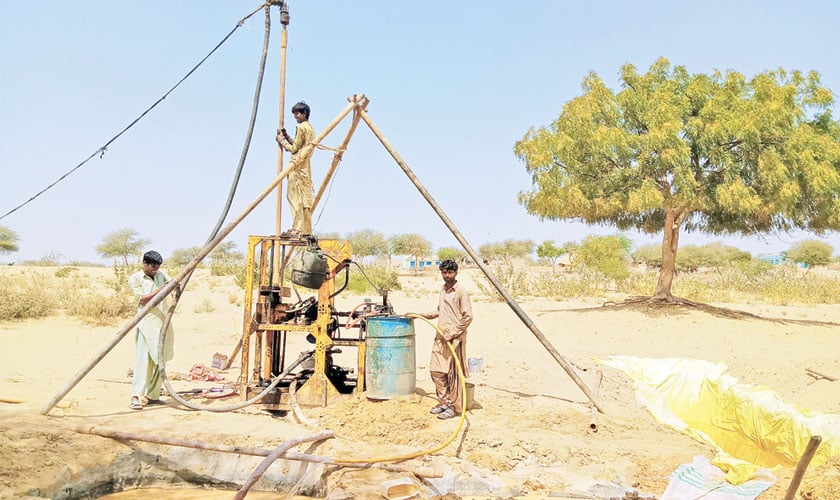
National Seminar on Disaster Risk Reduction
Recently, a National Seminar on Disaster Risk Reduction (DRR) was held in Karachi. The seminar was organised by Community World Service Asia in collaboration with the Ministry of Foreign Affairs Japan and Department of Rural Sociology Sindh Agriculture University of Tando Jam. The seminar was attended by different stakeholders and media representatives.
Its aim was to promote a global culture of raising awareness on disaster reduction, including disaster prevention, mitigation and preparedness among the Pakistani community most affected by recurrent climate induced hazards and supporting drought-resilient agricultural practices in rural communities. The event was designed to bring relevant stakeholders, including government agencies, public and private organisations, academia and the civil society together, who have worked together on mitigating drought impact in the Sindh Province and to explore collaborative efforts for more long-term resilience building.
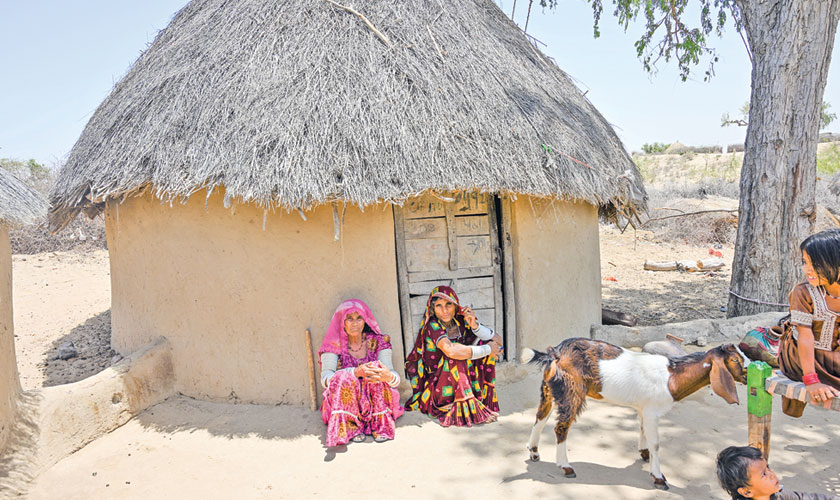
“Pakistan is one of the co-signer countries of World Trade Organization (WTO). The agreements on Agriculture in the context of free trade worldwide have increased the responsibilities of agricultural universities of the country to groom and motivate the youth specialising in different disciplines of agriculture by strengthening their efforts manifold to face the competition in agriculture trade and services worldwide,” noted Dr Muhammad Javed Sheikh, Associate Professor and Chairman, Department of Rural Sociology, Sindh Agriculture University Tando Jam, while presenting his paper.
While talking about Electrical Resistivity Survey (ERS), Nazar Gul, Deputy Director, DRIP-PCRWR, Tando Jam, explained, “In districts like Thar and UmerKot, dug well water is the oldest and primary source of water. However, water supply from these wells is insufficient to meet the demand of the growing rural population. Anyone can install any number of wells of any capacity, at any depth and can pump any amount of water at any time. Drilling of wells therefore, entirely depends on the advice of the local drillers and wishes of the farmers. This practice has led to groundwater depletion, both quantitatively and qualitatively. And these wells dry out during the drought periods. The solution of this problem is ERS, a technique that is being used now to identify the viable spots or locations of great groundwater potentials. ERS is based on application of Ohms Law and measures the average resistivity of the earth on the ground surface. This method has advantage over others in the sense that water quality can be determined along with the specific yield etc.”
While shedding light on the salient features of the project, Tassaduq Hussain, Program Coordinator, CWSA, shared, “We provided relevant water related information to the locals. We conducted comprehensive 204 Climate Resilient Agriculture Training Sessions that benefitted 3,960 men and women. We also held 299 Kitchen Gardening Sessions where locals were informed about latest techniques, benefitted 5,759 men and women. We also conducted 207 community awareness sessions on Disaster Risk Reduction (DRR) with 3,894 individuals. The locals also got to know about Water Harvesting Tanks and R.O (reverse osmosis) Plants. During the project, technology transfer workshops were also held in a bid to update locals with latest technology.”
“Now, due to CWSA’s constant efforts in the last three years, access to agricultural water and relevant farming practice/technology is improved in drought affected areas. Communities have their village plans available which they can utilise to mitigate disaster impact. They are applying the learnings in practice. Farmers are practicing the learned techniques such as seed germination tests, etc. Community members use home based vegetable and utilising saved amount to fulfil other needs,” he concluded.
Erum Noor Muzaffar is the editor of You! magazine. She can be reached at iram29@hotmail.com
SITUATION ALERT
More than a thousand people have died and millions have lost their homes across Pakistan as torrential rains hit the country. Widespread rain and thunder storms have also struck districts Mirpurkhas and Umerkot of Sindh province, where a majority of Community World Service Asia’s humanitarian and development programmes are focused. These extreme rains are critically affecting vulnerable communities already living in poverty and has damaged infrastructure in the area, with no electricity and limited communication access.
People in Umerkot have been forced to abandon their homes as crops and livestock are washed away across the province. The flood-affected communities in Umerkot are in need of food, tents, clean drinking water, mosquito nets, ration bags and hygiene kits. Hundreds of miles of roads have been damaged, making many areas in Umerkot inaccessible to emergency services.
“Pakistan is in the middle of the food, climate, water, population and environmental crisis. Pakistan has faced 152 extreme events in the last two decades with constant shifts in rainfall patterns, intensity and frequency. We are also home to the hottest cities in the world for three years straight with temperatures rising up to 53.7C which is an unlivable situation,” said Sherry Rehman, Climate Change Minister of Pakistan.
Community World Service Asia is in coordination with the local government and other stakeholders and is closely monitoring the situation on the ground to start immediate relief operations.

